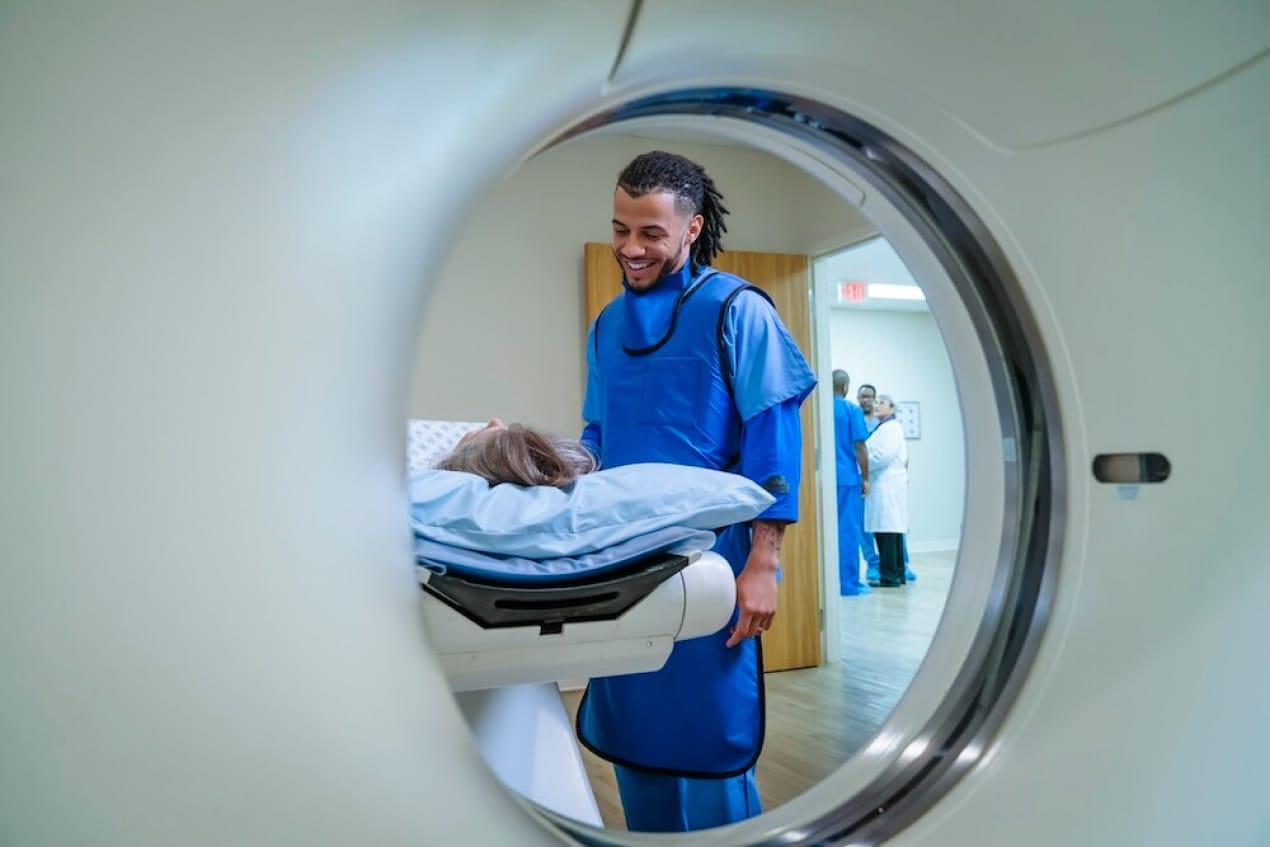Learn how Splunk AppDynamics optimizes hybrid and on-prem application performance with full-stack observability linked to business performance.

Lacking visibility into its many systems and data streams, the team found itself in reactive mode trying to find and resolve performance issues before they affected clinicians or the patient experience.
NYC Health + Hospitals continues to accelerate and improve clinical services, from time-sensitive radiology readings to bedside ventilators in its emergency facilities, improving care for millions.
NYC Health + Hospitals doesn’t just serve America’s biggest city. It is the largest public healthcare system in the country. Spread across more than 70 locations, its 43,000 healthcare professionals serve 1.1 million people across New York State in over 200 languages.
Despite the scale of its operation, NYC Health + Hospitals is committed to making healthcare fast and accessible for every patient and to empowering its clinicians with accurate and reliable digital services. In fact, nine of its facilities are certified by Planetree International for excellence in person-centered care.
The organization’s biggest challenge is to keep operations that underpin lifesaving services running 24/7. The stakes are incredibly high. Even a short outage might force ER staff to divert patients to another emergency facility, delaying treatment and adding stress to an already overburdened system.
“We provide care to every New Yorker, regardless of their ability to pay, their condition or their citizenship status,” explains CTO Jeffrey Lutz. “If our services go down, we let them down, and that’s not an option.”
Adding to the complexity for NYC Health + Hospitals is the rise of mobile devices and technologies like Artificial Intelligence (AI), which have unlocked new opportunities for fast and effective care but also placed major demands on the organization’s IT environment. In the past, the enterprise operations center charged with monitoring NYC Health + Hospitals’ systems could be overwhelmed by thousands of alerts each day. Lacking visibility into its many systems and data streams, the team found itself in reactive mode trying to find and resolve performance issues before they affected clinicians or the patient experience.
“Our clinicians expect on-demand technologies to perform their jobs, and our patients expect on-demand access to digital healthcare services, especially as they receive more care remotely,” says Lutz. “To support them, we needed to expand our monitoring capabilities and get more proactive about the way we manage our IT operations, from our infrastructure to our end-user services.”
With a mandate to improve observability across the IT stack, Lutz and his team brought in AppDynamics and ThousandEyes and set out to meet three business objectives: adopt a more proactive approach to performance monitoring across NYC Health + Hospitals’ network and public internet, improve digital experiences for staff and patients, and reduce the time required to identify and resolve IT issues.
“Network issues can come from anywhere. An application, an anti-intrusion security protocol, a carrier, or another element of our complex IT environment,” says Lutz. “The full-stack observability we get with AppDynamics and ThousandEyes enables us to trace slowdowns to their source, understand their cause, and address them right away.”
For instance, Lutz and his team noticed that staff trying to gain VPN access to its ServiceNow application via one of NYC Health + Hospitals’ data centers experienced slow load times and latency. Meanwhile, those going through its second data center site had no issues. Using AppDynamics and ThousandEyes to cross-correlate performance between both data centers, the team pinpointed and resolved the discrepancy before clinicians felt any service interruptions.
“Our staff depends on a number of critical SaaS applications to do their jobs. The most gratifying part of working with Cisco is that we get to improve their experience each day and see that translate to better care for our patients,” says Lutz.
The full-stack observability we get with Splunk AppDynamics and Cisco ThousandEyes enables us to trace slowdowns to their source, understand their cause, and address them right away.